
- Hands-on review of the DJI M30T and CZI LP12 searchlight and broadcast system;
- The M30T and RC Plus controller have been designed with functionality in mind: We choose our favourite features;
- Top functionality features of the drone include frame-locking mechanism for added safety, hot-swappable batteries, and the M30T's smaller footprint compared to the M300 RTK;
- The DJI RC Plus has impressive functionality, including three physical scroll wheels, hard buttons which enable operation with gloves, a large bright screen, and an IP54 weatherproofing;
- CZI LP12 is an impressive accessory, featuring a searchlight and speaker - adding mission versatility to the DJI M30 Series.
The DJI M30T has arrived at heliguy™ HQ and our enterprise drone training team has been out in the field to test it.
Needless to say - and as its specs indicate - it is a top-class performer.
With this in mind, we've decided to focus on some of the functionality perks and design features which make the M30 Series and RC Plus controller stand out, helping to make deployment more streamlined, practical and safe.
We've also had the chance to try out the CZI LP12 loudspeaker and searchlight accessory, which we think is going to be a powerful tool for the likes of public safety, search and rescue and security teams.
M30T - The Drone: Top Functionality Features
First off, the drone itself. And having got it out of the box, there's a catalogue of key features which will benefit commercial operators.
1: Battery Mounting Method
Similar to the DJI M300 RTK, the M30T has battery retaining latches. But as an added bonus, the M30T actually has a retaining latch for each TB30 battery.

These securely fasten to provide assurance that both batteries are mounted correctly.
Crucially, the hot-swappable capability - featured on drones like the M300 RTK - remains with the M30T, increasing the deployment speed between battery changes.

2: Frame Arms
The new frame arm folding mechanism means the aircraft is reconfigured from its transportation mode to flight mode in seconds.
The M30's arms also have locking mechanisms, providing a wholly pleasing and assuring click into the locked position. This is a big advantage, compared to the manual screw lock on the M300 RTK, which relied on operators having to judge whether the arms were connected properly.
Read our in-depth comparison article to find out how the M30 Series compares to the M300 RTK.
For added peace of mind and enhanced safety, an onboard computer on the M30 Series only allows take-off when the foldable arms - and payloads - are locked in place.
3: Size
How could we not mention the size, both of the aircraft, but also case and BS30 Battery Station.

Indeed, on launch, much was made of the M30 Series' reduced footprint - with it being significantly smaller than the M300 RTK, but without compromising on performance.
One reason for the M30's more compact form is the removal of landing gear, which also helps boost the speed of deployment.
And with the aircraft case measuring approximately 590mm x 410mm x 280mm and the BS30 Battery Station measuring approximately 360mm x 280mm x 160mm, the full setup will no longer dominate vehicle boot space.
4: Payload
One of the most impressive features of the M30 Series is its payload. The M30 features a payload with wide and zoom cameras, as well as a laser rangefinder, while the M30T has all this, plus a thermal camera.
The payload is like a baby version of the H20 Series for the M300 RTK - in fact, the payload on the M30T is more than half the weight compared to the H20T - but like the drone itself, packs plenty into its tiny frame.
Indeed, operators who are familiar with the H20T will not feel like they're getting anything substandard in terms of performance, resolution or functionality.
Unlike the M300 RTK, the payload on the M30 Series is fixed. However, additional modules can be integrated to the top of the drone, like the CZI LP12 loudspeaker and searchlight, pictured below.

5: LP12 Searchlight and Broadcast System
The addition of the LP12 spotlight and speaker accessory is the cherry on the top for the M30 Series.
Attached via the top gimbal and interfacing via the PSDK Port, it features a tilt controllable spotlight, which can either be synchronised to tilt of the payload, or controlled independently.

The speaker is astonishingly loud, and enables the upload of MP3 files to the internal memory for broadcast. It also has a much desired text-to-speech function, with UK accent, for quick input and broadcast of custom messages.
M30T - The RC Plus Controller: Top Functionality Features
It isn't just the drone which has impressed us. DJI has also brought some key functionality perks to the M30 Series' controller: The new RC Plus (set to have future compatibility with the M300 RTK).
The controller is a great asset to the enterprise market, and here's some of our stand-out features of the RC Plus.
1: Gimbal Controls
The RC Plus features three physical scroll wheels which control camera pan, tilt and zoom. In contrast, only pan and tilt were assigned to the two scroll wheels on the M300 RTK's Smart Controller Enterprise.

2: Hard Buttons
In cold climates, remote pilots would frequently have to adapt gloves to expose the index fingers to enable interaction with the touch screen, however, the RC Plus features hard buttons for commands such as camera select, pinpoint and zoom in/out, as well as lots of other customisable functions.
3: Hard Interface Ports
Another win for the RC Plus is the various USB-A, USB-C, MicroSD and HDMI port interface covers.

On the Smart Controller Enterprise, these were merely rubber grommets, which the majority would have easily lost, but the new hard covers on the RC Plus not only remain attached to the controller, but also seal shut to maintain the ingress protection of the unit.
4: Screen Size
The seven-inch screen on the RC Plus dominates anything we’ve previously seen from DJI. The ultra-bright screen also provides a spacious and concise interface for the remote pilot.

It also has an IP54 weatherproofing, making it a rugged, durable and reliable remote controller, complementing the M30's IP55 rating.
The new DJI Pilot 2 interface is immediately familiar, yet fantastically intuitive, bringing a wealth of functionality to much shorter menu workflows.
5: Controller Battery
An oldie but a goodie is that the RC Plus has an internal battery and WB37 battery mounting port, meaning that the controller can remain powered on, hot swapping the WB37 within seconds.
DJI M30T Review: Summary
DJI launched the M30 Series amid much fanfare, so we couldn't wait to get our hands on it.
Following our initial tests, it is clear to see that it is a quality aircraft and with its blend of power, portability and performance it is a welcome addition to the enterprise drone market.
In time, the drone will prove its worth in real-world scenarios, but, having tested it at our flight field, we are impressed with noticeable functionality features which will truly help operators conduct safe and efficient missions.
And with the addition of the CZI LP12 searchlight and broadcast system, the M30 Series is sure to be a hit with a range of enterprise drone users.
Contact us to discuss the DJI M30 Series and how heliguy™ can assist you in adding it to your drone workflows.

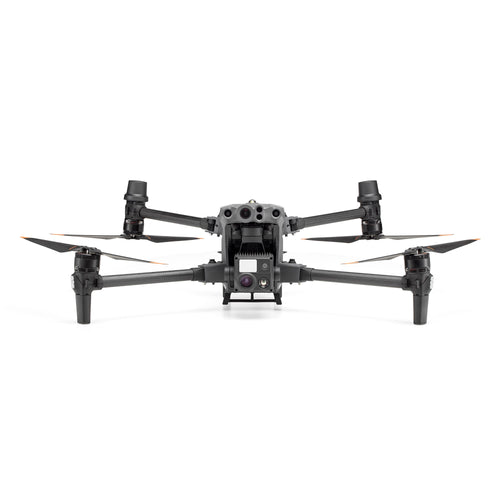
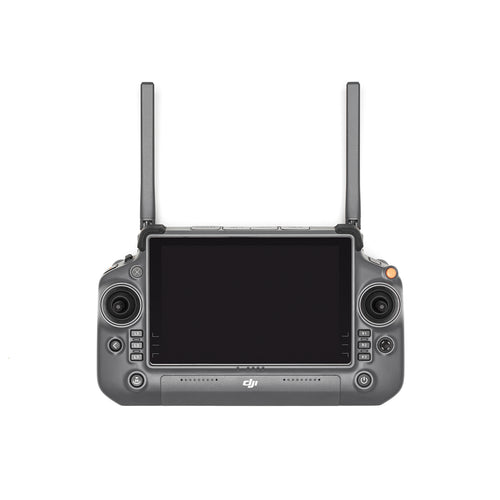
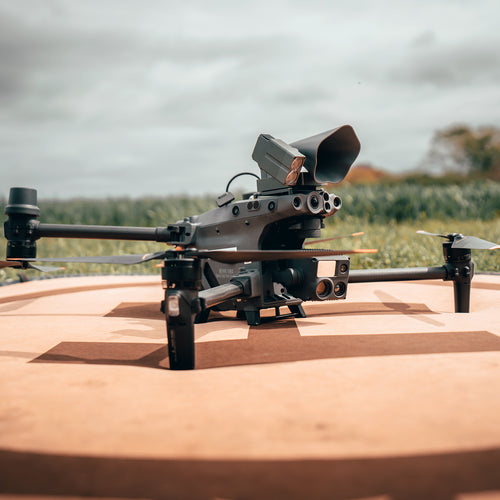
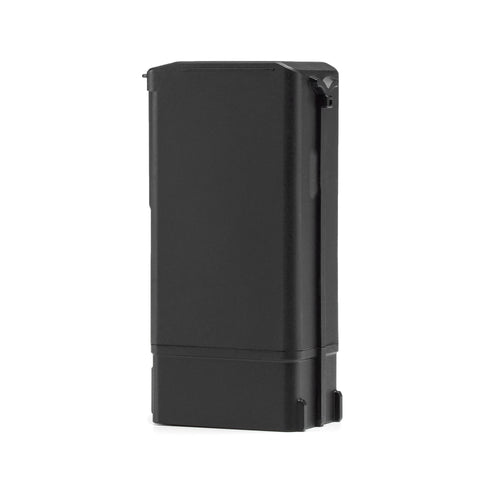
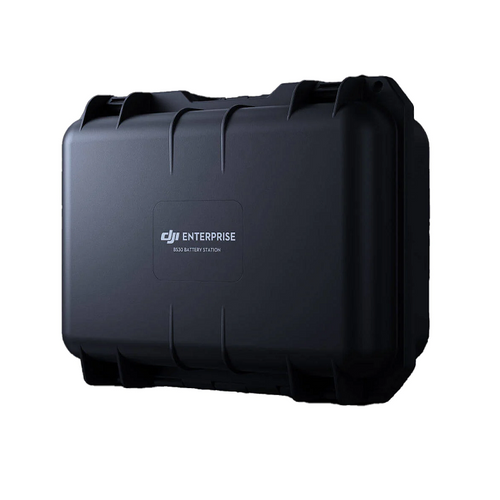
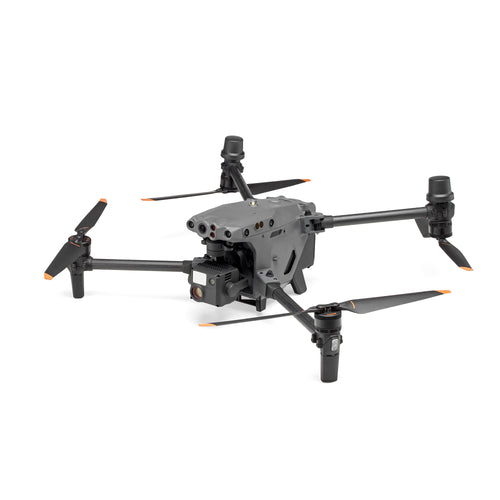

Leave a comment